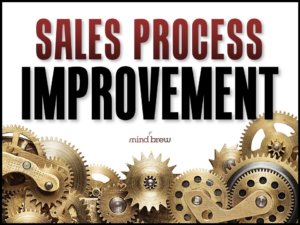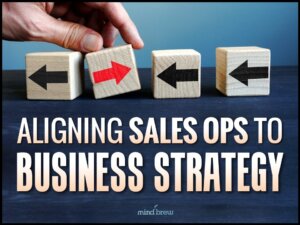Have you ever stopped to consider what the world would be like if there were no such thing as interchangeable parts?
Imagine if, when you got a flat tire on your car, you had to wait for a wheelwright to craft you a new tire. Or what if, when the drain hose on your washing machine springs a leak, you had to purchase an entirely new washing machine instead of just replacing the hose?
Today, we take these things so for granted that when a particular part can’t be replaced — like the battery on a cell phone — we get pretty irritated.
But interchangeable parts are a relatively new phenomenon in the history of the world. During the time of the American Revolution, master gunsmiths made each individual musket by hand, which led to no end of problems with reliability on the battlefield.
Not long later, on a scorching hot day in July of 1785, Thomas Jefferson, then the emissary to France for the very young United States of America, saw a demonstration that blew his mind. The French gunsmith Honoré Blanc demonstrated that he could disassemble his muskets, throw the parts into separate boxes, mix up the contents of the boxes, and then reassemble fully working guns from parts chosen at random.
Amazed, Jefferson wrote to US Foreign Secretary John Jay, “An improvement is made here in the construction of the musket which it may be interesting to Congress to know. It consists in the making every part of them so exactly alike that what belongs to any one may be used for every one musket in the magazine. I put several together myself taking pieces at hazard as they came to hand, and they fitted in the most perfect manner. The advantages of this, when arms need repair, are evident.”
This concept doesn’t apply only to physical objects like muskets and washing machines — it’s also a game-changer when applied to your sales team.
No, we’re not advocating that you start staffing your sales team with clones. Instead, we’re suggesting that you put in place training, strategies, and processes that allow almost anyone to do a competent job selling your firm’s products and services.
We’ve all heard horror stories about companies that became overly depending on a rockstar salesperson. Because management knows they can’t let that person leave, they let them do whatever they want. The end result is a single salesperson essentially holding an entire company hostage.
The problem is, of course, that no matter what you do, or how many demands you give in to, eventually every person who currently works for company will leave, taking their skills, knowledge, and personal relationships with them. Ideally, you need to start planning ahead of time so that you can easily insert a new salesperson into the role with a minimum of disruption.
So how do you create interchangeable salespeople?
We recommend starting with the webinar on Sales Process Improvement. It lays out strategies and tactics for developing and documenting your sales process so that it begins to function like a well-oiled machine.
Follow that up with Accelerating Sales Cycles. It can help you further optimize that sales process so that you can get even your low-performers delivering sales like your rockstars.
A handmade musket is a thing of beauty — but I wouldn’t want to take one onto the battlefield. In the same way, lone-wolf salespeople who have the innate ability to sell anything to anyone are worthy of respect — but I wouldn’t want to build a company around them. By helping your team become more interchangeable, you can set the team up for more long-term success.













